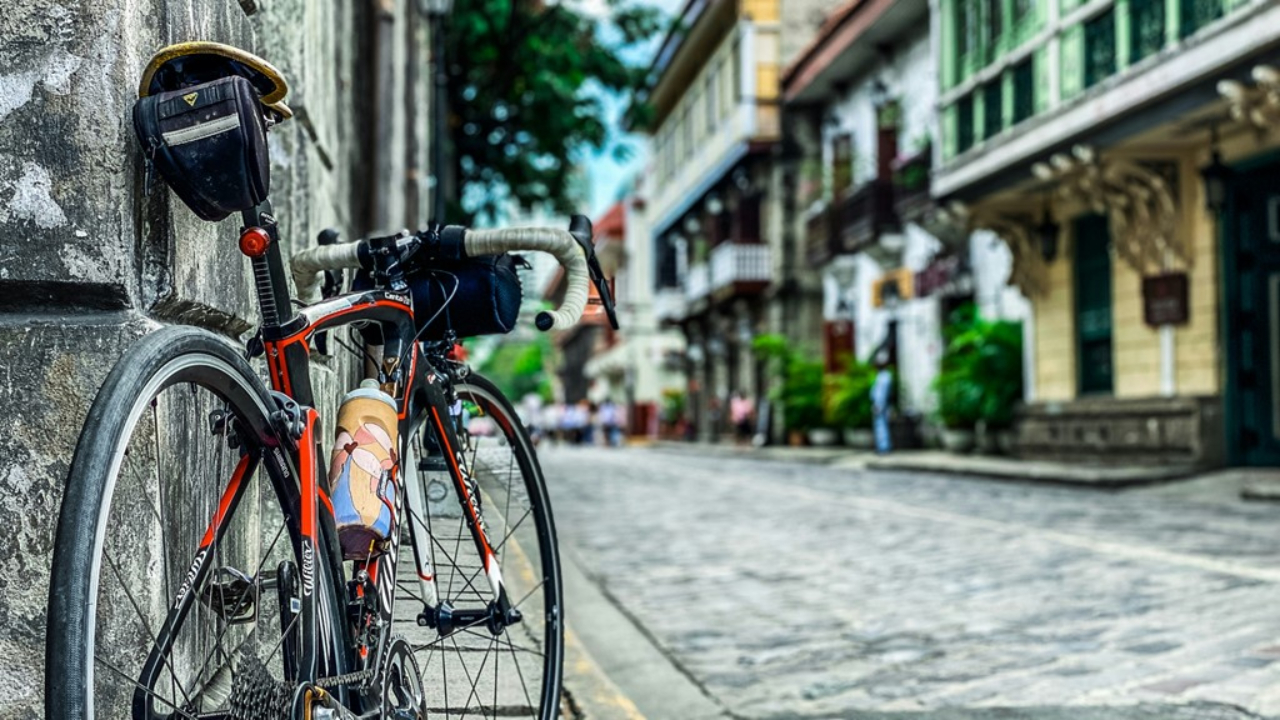Cycling Laws and Safety Measures in Urban Areas
Bukemersanacokyakisir – Cycling has gained popularity as an eco-friendly and affordable mode of transportation. Many city residents now use bicycles to commute, exercise, or enjoy leisure activities. Consequently, governments and urban planners have introduced cycling-friendly policies to accommodate this growth. However, as cycling expands in crowded cities, new challenges arise regarding traffic safety and legal enforcement. Understanding the laws and safety practices becomes crucial for both cyclists and motorists to coexist harmoniously on busy streets.
“Also read: Top Street Food Around the World You Must Try“
Why Cycling Laws Are Essential in Cities
Cycling laws are not just regulations; rather, they are frameworks that protect cyclists and drivers alike. These laws establish where cyclists can ride, how they must signal turns, and what safety equipment they need. Without clear rules, chaos could ensue, leading to preventable accidents. Moreover, standardized cycling regulations help integrate bicycles into broader traffic systems. In urban areas where space is limited, laws ensure that cyclists enjoy rights while still bearing responsibilities on the road.
Helmet Use and Protective Gear Requirements
One of the most emphasized safety measures in cycling laws is the use of helmets. Helmets drastically reduce the risk of serious head injuries in accidents. Additionally, reflective clothing, gloves, and protective eyewear enhance safety, especially in low-light conditions. Many urban cycling policies mandate helmets for children and strongly encourage them for adults. By adopting these measures, cyclists not only comply with the law but also safeguard their lives. Protective gear is, therefore, both a legal and practical necessity.
Dedicated Bike Lanes and Infrastructure
Urban cycling safety significantly improves with dedicated bike lanes. Cities around the world have invested in cycling infrastructure, from painted lanes to fully separated tracks. These lanes create safe spaces that reduce conflicts between bicycles and motor vehicles. Furthermore, well-designed intersections and bike-friendly traffic signals enhance safety for all road users. While not every city has extensive infrastructure, those that prioritize cycling lanes often witness fewer accidents. As a result, proper infrastructure becomes as important as legal measures in ensuring safe cycling.
Rules for Intersections and Crosswalks
Accidents frequently occur at intersections, where bicycles and cars often cross paths. Therefore, many cycling laws emphasize right-of-way rules, signaling, and visibility. Cyclists are generally required to obey the same traffic signals as cars, including stopping at red lights. Additionally, using hand signals to indicate turns helps drivers anticipate cyclists’ movements. By following these rules, cyclists minimize risks and foster smoother traffic flow. Ultimately, adherence to intersection rules creates safer shared spaces in busy urban settings.
“Read more: The Importance of Proper Road Signage and Markings“
Lighting and Visibility at Night
Another crucial regulation in urban cycling is proper lighting during nighttime rides. Laws often require bicycles to have front white lights and rear red lights, along with reflectors. These measures ensure that cyclists remain visible to motorists, reducing nighttime collisions. Furthermore, reflective accessories and bright clothing amplify visibility in low-light conditions. Since many urban commuters ride after sunset, these laws are lifesaving rather than optional. Proper visibility transforms nighttime cycling into a much safer experience for everyone on the road.
Enforcing Laws to Build Safer Cycling Cultures
Laws alone are ineffective unless consistently enforced. Therefore, cities must combine regulations with education and monitoring. Police enforcement, awareness campaigns, and fines for violations ensure compliance. At the same time, education programs teach both cyclists and drivers how to share roads responsibly. By combining enforcement and education, cities foster a culture of respect and awareness. Consequently, urban cyclin’ becomes safer, more accessible, and more appealing for commuters who might otherwise avoid biking due to safety concerns.



